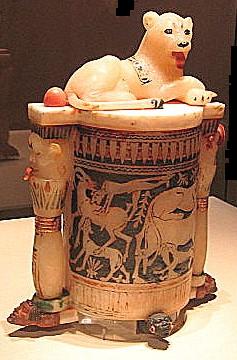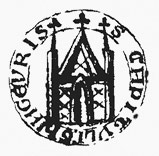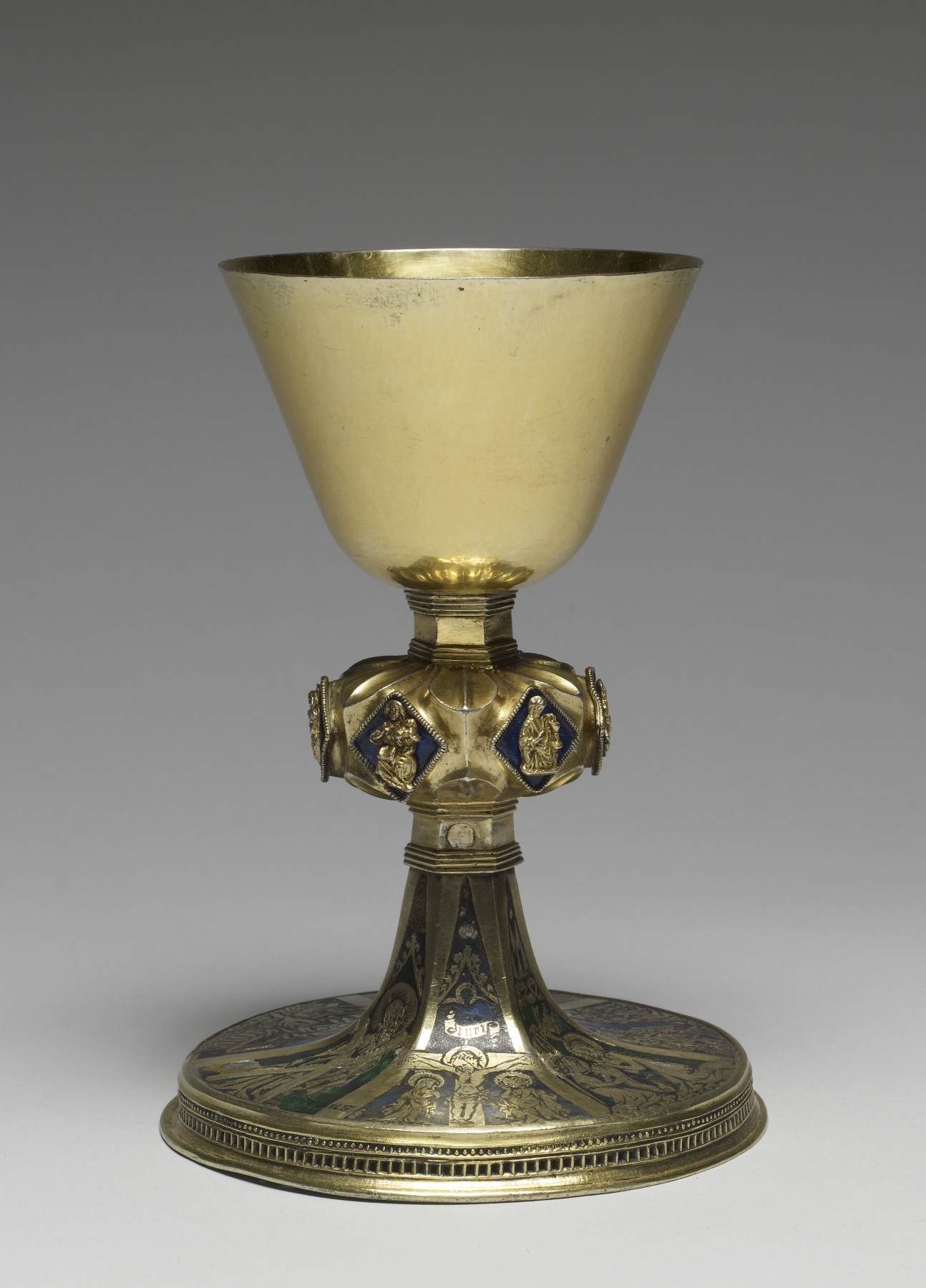|
Ăžingeyrakirkja
Ăžingeyrakirkja is an Icelandic church situated between lakes HĂłp and HĂşnavatn at Ăžingeyrar in Iceland's Northwestern Region. It was consecrated on 9 Sept. 1877 by the Reverend EirĂkur Briem from Steinnes. Ăžingeyrakirkja is a stone church which replaced an old turf church, the objects from which were moved to Ăžingeyrakirkja . Among the valuable items are an alabastar altarpiece most likely dating from the 13th century, and a pulpit estimated to be of Dutch origin from the year 1696. The pulpit was a gift from Lárus GottrĂşp, a lawyer who resided at Ăžingeyrar Monastery (''Ăžingeyraklaustur'') from 1683 to 1721. He also gave a silver baptismal font inscribed with the dates 1663 and 1697. A silver chalice and an altar linen An altar cloth is used in the Christian liturgy to cover the altar. It serves as a sign of reverence as well as a decoration and a protection of the altar and the sacred vessels. In the orthodox churches it is covered by the antimension, which ... [...More Info...] [...Related Items...] OR: [Wikipedia] [Google] [Baidu] |
Ăžingeyrar
Þingeyrar (Thingøre in some older texts) is a farm in Iceland's Northwestern Region. It lies adjacent to the sandy coastal plain of Þingeyrasandur (or Thingøresand), between the Skagi and Vatnsnes peninsulas and just northeast of lake Hóp. Þingeyrar was formerly the location of the famous convent Þingeyraklaustur (1133–1551). It is also the site of Iceland's first stone church, Þingeyrakirkja. Icelandic scholar and politician Björn M. Ólsen (1850–1919) was born in Þingeyrar. Bjarni Halldórsson (–1773), an Icelandic legal figure and theologian, spent most of his life in Þingeyrar. One of the earliest recorded giant squid The giant squid (''Architeuthis dux'') is a species of deep-ocean dwelling squid A squid (: squid) is a mollusc with an elongated soft body, large eyes, eight cephalopod limb, arms, and two tentacles in the orders Myopsida, Oegopsida, ... (''Architeuthis dux'') specimens was found washed ashore on Þingeyrasandur in 1639.Vols ... [...More Info...] [...Related Items...] OR: [Wikipedia] [Google] [Baidu] |
HĂłp (Iceland)
The lake Hóp () is situated in the north of Iceland near Blönduós at the Húnafjörður. In reality, the lake is more of a lagoon than a lake. Its surface area depends on the tides and oscillates between 29 and 44 km2. Its greatest depth is 9 m. See also *List of lakes of Iceland Iceland has over 20 lakes larger than 10 km2 (4 sq mi), and at least 40 others varying between 2.5 and 10 km2 (1 to 4 sq mi) in size. This list also includes a few smaller lakes and ponds that are considered notable (for example Tjörnin ... Lagoons of Europe Bodies of water of Iceland {{Iceland-geo-stub ... [...More Info...] [...Related Items...] OR: [Wikipedia] [Google] [Baidu] |
Iceland
Iceland is a Nordic countries, Nordic island country between the Atlantic Ocean, North Atlantic and Arctic Oceans, on the Mid-Atlantic Ridge between North America and Europe. It is culturally and politically linked with Europe and is the region's westernmost and most list of countries and dependencies by population density, sparsely populated country. Its Capital city, capital and largest city is ReykjavĂk, which is home to about 36% of the country's roughly 380,000 residents (excluding nearby towns/suburbs, which are separate municipalities). The official language of the country is Icelandic language, Icelandic. Iceland is on a rift between Plate tectonics, tectonic plates, and its geologic activity includes geysers and frequent Types of volcanic eruptions, volcanic eruptions. The interior consists of a volcanic plateau with sand and lava fields, mountains and glaciers, and many Glacial stream, glacial rivers flow to the sea through the Upland and lowland, lowlands. Iceland i ... [...More Info...] [...Related Items...] OR: [Wikipedia] [Google] [Baidu] |
Northwestern Region (Iceland)
Northwestern Region (, ) is one of the traditional eight regions of Iceland, located in the north of the island. The largest town in the region is SauðárkrĂłkur, with a population of 2,609 in 2024. One of the primary attractions of the area is the basalt rock HvĂtserkur, 15 meters high and resembles a dragon that throws its head to take a sip of water. References External links * {{iceland-geo-stub ... [...More Info...] [...Related Items...] OR: [Wikipedia] [Google] [Baidu] |
Alabastar
Alabaster is a mineral and a soft rock used for carvings and as a source of plaster powder. Archaeologists, geologists, and the stone industry have different definitions for the word ''alabaster''. In archaeology, the term ''alabaster'' includes objects and artefacts made from two different minerals: (i) the fine-grained, massive type of gypsum, and (ii) the fine-grained, banded type of calcite.''More About Alabaster and Travertine'': Brief Guide explains the different definitions used by geologists, archaeologists, and the stone trade. Oxford University Museum of Natural History, 2012/ref> Chemically, gypsum is a Water of crystallization, hydrous sulfate of calcium, whereas calcite is a carbonate of calcium. As types of alabaster, gypsum and calcite have similar properties, such as light color, translucence, and soft stones that can be carved and sculpted; thus the historical use and application of alabaster for the production of carved, decorative artefacts and '' objets d’ ... [...More Info...] [...Related Items...] OR: [Wikipedia] [Google] [Baidu] |
Altarpiece
An altarpiece is a painting or sculpture, including relief, of religious subject matter made for placing at the back of or behind the altar of a Christian church. Though most commonly used for a single work of art such as a painting or sculpture, or a set of them, the word can also be used of the whole ensemble behind an altar, otherwise known as a reredos, including what is often an elaborate frame for the central image or images. Altarpieces were one of the most important products of Christian art especially from the late Middle Ages to the era of Baroque painting. The word altarpiece, used for paintings, usually means a framed work of panel painting on wood, or later on canvas. In the Middle Ages they were generally the largest genre for these formats. Murals in fresco tend to cover larger surfaces. The largest painted altarpieces developed complicated structures, especially winged altarpieces with hinged side wings that folded in to cover the main image, and were painted o ... [...More Info...] [...Related Items...] OR: [Wikipedia] [Google] [Baidu] |
Ăžingeyraklaustur
Ăžingeyraklaustur was a monastery of the Order of Saint Benedict located in Ăžingeyrar on Iceland from 1133 until 1551. It was the first monastery in Iceland and probably the last to be closed by the Icelandic Reformation. History The monastery was founded by bishop JĂłn Ă–gmundsson in 1106, but it was not inaugurated until 1133 when its first abbot, Vilmundur ÞórĂłlfsson, was officially installed in office. JĂłn Ă–gmundsson assured the monastery an income from all farms between HrĂştafjörĂ°ur and Vatnsdalsá. Ăžingeyraklaustur was one of the largest and richest monasteries in Iceland and a famous center of literature, culture and education, famed for its library. ArngrĂmr Brandsson, Karl JĂłnsson, Gunnlaugr Leifsson and Oddr Snorrason were all religious brothers at Ăžingeyraklaustur and active as writers, and the writer Styrmer KĂĄresson is believed to have been educated there as well. A large number of Sagas of Icelanders were either produced or copied at the monast ... [...More Info...] [...Related Items...] OR: [Wikipedia] [Google] [Baidu] |
Baptismal Font
A baptismal font is an Church architecture, ecclesiastical architectural element, which serves as a receptacle for baptismal water used for baptism, as a part of Christian initiation for both rites of Infant baptism, infant and Believer's baptism, adult baptism. Aspersion and affusion fonts The earliest western fonts are found in the Catacombs of Rome. The fonts of many western Christian denominations that practice infant baptism are designed for baptisms using a non-immersive method, such as aspersion (sprinkling) or affusion (pouring). The simplest of these fonts has a pedestal with a holder for a basin of water. The materials vary greatly, consisting of carved and sculpted stone (including marble), wood, or metal in different shapes. Many fonts are in Octagon, octagonal shape, as a reminder of the new creation and as a connection to the Old Testament practice of circumcision, which traditionally occurs on the eighth day. Some fonts are three-sided as a reminder of the Holy T ... [...More Info...] [...Related Items...] OR: [Wikipedia] [Google] [Baidu] |
Chalice
A chalice (from Latin 'cup', taken from the Ancient Greek () 'cup') is a drinking cup raised on a stem with a foot or base. Although it is a technical archaeological term, in modern parlance the word is now used almost exclusively for the cups used in Christian liturgy as part of a service of the Eucharist, such as a Catholic mass. These are normally made of metal, but neither the shape nor the material is a requirement. Most have no handles, and in recent centuries the cup at the top has usually been a simple flared shape. Historically, the same shape was used for elite secular vessels, and many individual examples have served both secular and liturgical uses over their history, for example the Lacock Cup and Royal Gold Cup, both late medieval cups. Cups owned by churches were much more likely to survive, as secular drinkware in precious metal was usually melted down when it fell out of fashion. The same general cup shape is also called a goblet (from Old French , di ... [...More Info...] [...Related Items...] OR: [Wikipedia] [Google] [Baidu] |
Altar Cloth
An altar cloth is used in the Christian liturgy to cover the altar. It serves as a sign of reverence as well as a decoration and a protection of the altar and the sacred vessels. In the orthodox churches it is covered by the antimension, which also contains the relics of saints. Since the 2nd century the altar cloth has been seen as a symbol for the shroud of Jesus Christ; therefore it should be made of white linen. Another interpretation used two cloths and compared them with the body and soul of Christ. Christian altar cloths Western Churches Special cloths (not necessarily made of linen) cover the altar in many Christian churches during services and celebrations, and are often left on the altar when it is not in use. In the early 20th century the Catholic Church considered only linen or hemp to be acceptable as material for altar cloths, although in earlier centuries silk or cloth of gold or silver were used. The Anglican Communion had similar rules in that period. At ... [...More Info...] [...Related Items...] OR: [Wikipedia] [Google] [Baidu] |






